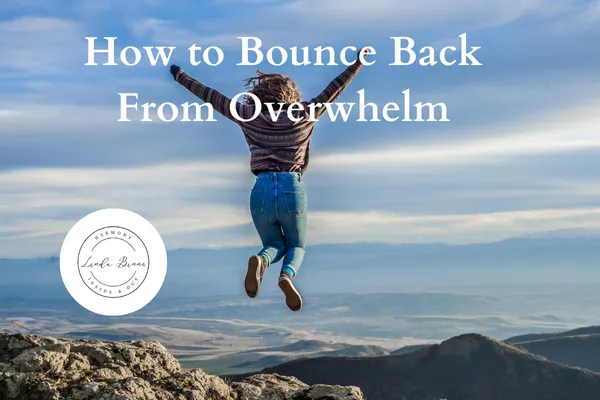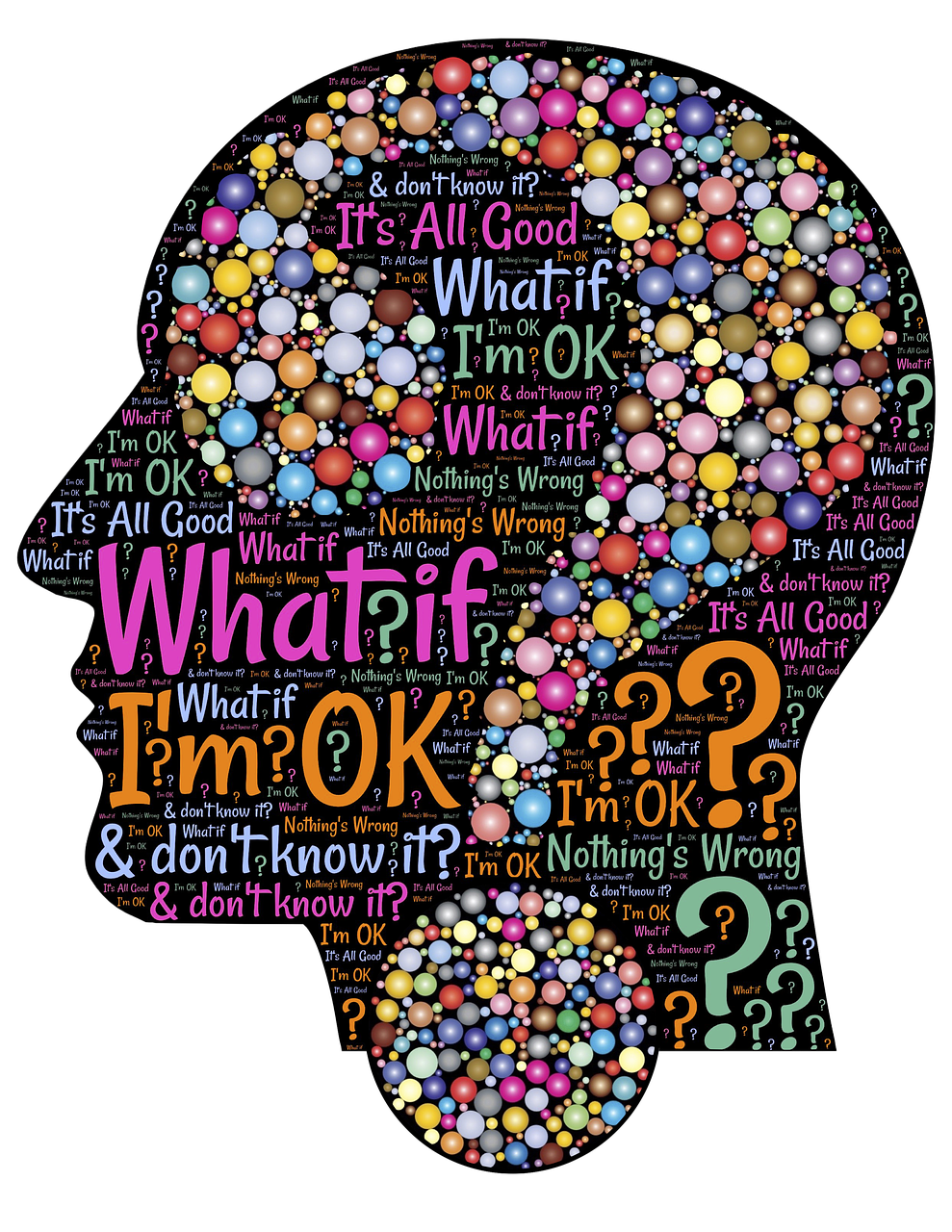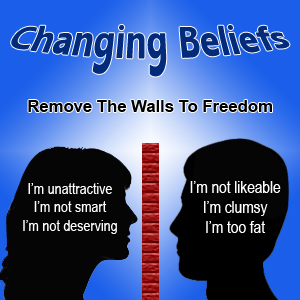BLOG
HOME /BLOG

How to Bounce Back From Stress and Overwhelm
"Many of us feel stress and get overwhelmed not because we're taking on too much, but because we're taking on too little of what really strengthens us"
- Marcus Buckingham
Introduction:
It’s an unfortunate fact that stress and anxiety seem to be the norm these days. Life, as we know it, has changed in ways we never imagined, leaving many of us feeling overwhelmed, uncertain, and unsure of what the future holds.
Even for those who typically handle change well, the sheer weight of everything can lead to moments where it all feels like too much.
If you’ve found yourself feeling particularly overwhelmed recently, you are not alone. Whether it’s due to global events, personal situations, or everyday stressors, it’s important to have strategies to help you bounce back when life feels heavy.
In this post, I’ll share a few powerful yet simple techniques you can use when stress and overwhelm begin to creep in.
Understanding Anxiety and Overwhelm
Let’s start by understanding what anxiety really is. According to Anxiety.org, anxiety is “the mind and body’s reaction to stressful, dangerous, or unfamiliar situations. It’s the sense of uneasiness, distress, or dread you feel before a significant event.”
This definition highlights the connection between anxiety and the unknown or uncertain, something many of us can relate to in these times of rapid change.
When anxiety builds, it can tip over into overwhelm. Overwhelm feels like you’re drowning in thoughts, emotions, and stress to the point that you can’t think clearly or function effectively.
It’s important to recognize when this happens, so you can take steps to regain control.

Practical Strategies to Calm Overwhelm
Now that we’ve defined the experience, let’s dive into actionable strategies that can help you when you feel overwhelmed. These are simple techniques that you can incorporate into your day-to-day life to bring a sense of calm and clarity.
Focus on Your Breath
One of the quickest and most effective ways to calm your mind and body is through conscious breathing. When you’re feeling anxious or overwhelmed, your breath becomes shallow, which amplifies your feelings of stress. The simple act of paying attention to your breathing as you take slow, deep breaths will bring you back to the present moment and help you find a sense of peace.How to practice: Pause for a moment and breathe naturally. As you inhale, think to yourself, “I am breathing in,” and as you exhale, think, “I am breathing out.” You can enhance this by visualizing calm energy entering your body with each inhale and stress leaving with each exhale. Repeat for 5-10 breaths. It’s that simple.
By focusing on your breath, you are grounding yourself in the present and giving your mind a break from stressful thoughts. This simple practice can make a world of difference in how you feel.

Let Go of Resistance
One of the biggest sources of stress is resistance—fighting against what is happening. Have you ever caught yourself thinking, “This shouldn’t be happening,” or “This isn’t fair”? These thoughts only add to your stress, draining your energy and keeping you stuck.How to practice: Try shifting from resistance to acceptance. This doesn’t mean you’re happy with the situation, rather it’s about acknowledging that it is happening. By releasing the energy of resistance, you free up mental space for solutions and clarity to come through.
Acceptance brings a sense of peace, while resistance holds you in a place of fear. Let go of the need to control or fix everything immediately and allow yourself to move forward with more ease.

Reframe Your Thoughts
Our minds are filled with repetitive thoughts, many of which are negative and unhelpful. When you’re anxious, your mind can go into overdrive, imagining the worst-case scenarios and draining your energy in the process. Becoming aware of these thoughts is the first step to changing them.
How to practice: Take note of the thoughts that keep running through your mind. Are they about your health, finances, or relationships? Once you recognize the thought pattern, you can begin to shift those thoughts.
Instead of forcing yourself to think positively, ask yourself, “What can I learn from this thought?” and “Is there another way to see this situation?”For example, if you find yourself thinking, “What if everything goes wrong?” try flipping it to, “What if everything works out better than I imagined?” This gentle shift in perspective can bring more hope and positivity into your life.

Write Out Your Thoughts
When you’re overwhelmed, it can feel like a million thoughts are swirling in your head. A powerful way to calm your mind is by writing them down. Getting your thoughts out of your head and onto paper can provide instant relief and clarity.
How to practice: Grab a notebook and start writing whatever comes to mind. Don’t worry about it making sense; this is for you. Writing allows you to see your thoughts clearly, and once they’re on paper, you can ask yourself if they’re helpful or not. You can then begin to replace unhelpful thoughts with ones that support you.
Connect With Nature
Nature has a profound ability to calm and restore us. Research shows that spending time in nature reduces stress and anxiety. Whether it’s a walk in the park, sitting outside, or even looking at pictures of nature, connecting with the natural world brings a sense of peace.
How to practice: Spend a few minutes each day outside, even if it’s just in your backyard or by a window. Notice the trees, listen to the birds, and take in the fresh air. If you can’t get outside, surround yourself with indoor plants or listen to sounds of nature. Allow nature to support you in finding balance.

Move Your Body
Exercise is one of the most effective ways to reduce anxiety. Moving your body releases endorphins, which are natural mood boosters, and helps to shift stuck energy. Whether it’s a walk, yoga, or dancing in your living room, any form of movement can make a difference.
How to practice: Find an activity that you enjoy and can do regularly. It doesn’t have to be intense—what matters is that you move. Even a 10-minute walk can help reset your mind and body, leaving you feeling more refreshed and less overwhelmed.

Calm Your Mind
Meditation, affirmations, and guided visualizations are helpful tools to calm your mind. If sitting in silence feels difficult, try a guided meditation or simply focus on your breath for a few minutes.
How to practice: Set aside 5-10 minutes each day to meditate. You can use apps like Insight Timer for guided sessions, or simply sit quietly and focus on your breath. The goal isn’t to stop thinking, but to become aware of your thoughts and let them pass through without attachment.
Organize Your Environment
Clutter and disorganization can contribute to feelings of overwhelm. When your space is messy, it can feel like your mind is, too. Taking time to declutter and organize can have a surprisingly calming effect.How to practice: Choose one small area to declutter, whether it’s your desk, a kitchen drawer, or a closet. As you let go of things you no longer need, you’ll free up physical and mental space, creating a sense of order and peace.

Master Your Self-Talk
How you talk to yourself matters more than you might realize. Negative self-talk can fuel anxiety, while kind and supportive self-talk will bring a sense of calm. Being mindful of the way you speak to yourself is key to feeling less overwhelmed.How to practice: When you catch yourself being overly critical or negative, pause and ask, “What’s the most loving thing I can say to myself right now?” Practice replacing critical thoughts with ones that are more encouraging and compassionate.
A simple affirmation like “I’m doing the best I can” or “Out of this situation only good will come” will shift your mindset and create a sense of calm.

Practice Radical Self-Care
Self-care isn’t just about bubble baths and spa days (though those can be wonderful). It’s about nurturing yourself physically, emotionally, and spiritually. When you take care of yourself, you’re better equipped to handle whatever life throws your way.How to practice: Make self-care a priority, whether that’s through rest, nourishment, connection with loved ones, or doing something that brings you joy. The more you care for yourself, the more resilient you’ll be in stressful situations.

Conclusion
Stress and anxiety are natural parts of life, but they don’t have to overwhelm you. By incorporating these simple strategies—focusing on your breath, letting go of resistance, reframing your thoughts, connecting with nature, moving your body, calming your mind, organizing your environment, mastering your self-talk, and practicing radical self-care—you will build resilience and be able to bounce back when life feels heavy.
Remember, you have the power to choose how you respond to stress. Start with one of these practices today, and over time, you’ll find yourself feeling more grounded, calm, and capable of navigating whatever life brings your way.
If you’re seeking clarity in your life right now and need guidance, completing my Personal Energy Assessment is a great next step.
This assessment will help you understand where your energy is flowing well and where it may be blocked, giving you the insights you need to move forward with clarity and confidence.
Take the first step towards clarity today by clicking here to complete your Personal Energy Assessment!

Linda Binns
The Breakthrough Energy Expert
© 2023 | Privacy Policy

Facebook
Instagram
LinkedIn
Youtube